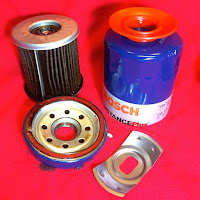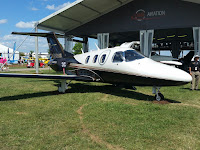This is a good question for not only aircraft owners but ,boat and performance car owners. too.
Question. Is oil analysis a good idea or just a waste of money?
Answer.
I think it depends on the engine. Most mechanics would probably agree that a high time engine would benefit from oil analysis. If you are trying to extend the time between overhauls (TBO), oil analysis is a must. Flying your aircraft past TBO can save you a few bucks in the near future but can (but not always) increase the actual cost of the overhaul in the long term. It could be one of those “pay me now or pay me more later”! Extended use might damage parts instead of just wearing them down.
But oil analysis and regular oil changes can help the owner monitor some of the internal conditions of the engine. Which also means if you start a new engine on the oil analysis program from the very start you can continually monitor the engines wear throughout the years of operation.
Typically, the average oil change would be sufficient for most owners to check the oil for any contaminants. The mechanic or owner who does the oil change should cut the filter, or inspect the oil screen and look for any type of contamination. If you are looking at an aircraft to buy, and you have the time, an oil analysis would probably offer you finer (no pun intended) details than just the filter or screen test. In fact, if you find something in the screen or filter it will probably indicate wear or damage that may be significant and might be a indicator that you should do oil analysis.
So in the end, no I do not think it is a waste of money.


